Expansion of 5G Networks
The expansion of 5G networks is a pivotal driver for the Cellular IoT Market. With enhanced data speeds and reduced latency, 5G technology facilitates the deployment of numerous IoT devices across various sectors. This advancement is expected to support a substantial increase in connected devices, projected to reach over 30 billion by 2030. The ability of 5G to handle massive data traffic allows for more sophisticated applications, such as real-time monitoring and automation in industries like manufacturing and healthcare. As a result, the Cellular IoT Market is likely to experience accelerated growth, driven by the demand for high-speed connectivity and the proliferation of smart devices.
Rise in Industrial Automation
The rise in industrial automation is a crucial driver for the Cellular IoT Market. Industries are increasingly integrating IoT technologies to optimize operations, reduce costs, and enhance productivity. The adoption of connected devices allows for real-time data collection and analysis, leading to improved decision-making processes. According to recent estimates, the industrial IoT market is expected to grow at a compound annual growth rate of over 25% through 2026. This trend indicates a robust demand for cellular connectivity solutions, as industries seek reliable and scalable IoT applications to support their automation initiatives, thereby propelling the Cellular IoT Market forward.
Advancements in Edge Computing
Advancements in edge computing are emerging as a significant driver for the Cellular IoT Market. By processing data closer to the source, edge computing reduces latency and bandwidth usage, which is particularly beneficial for applications requiring real-time responses. This technology complements cellular IoT solutions by enabling faster data processing and analysis, thereby enhancing the overall efficiency of IoT systems. As industries increasingly adopt edge computing to support their IoT deployments, the Cellular IoT Market is expected to experience substantial growth, driven by the need for more responsive and efficient IoT applications.
Growing Demand for Smart Agriculture
The growing demand for smart agriculture is significantly influencing the Cellular IoT Market. Farmers are increasingly adopting IoT solutions to enhance productivity and efficiency. By utilizing sensors and connected devices, agricultural stakeholders can monitor soil conditions, crop health, and weather patterns in real-time. This trend is supported by the increasing global population, which is expected to reach 9.7 billion by 2050, necessitating more efficient food production methods. The Cellular IoT Market is projected to benefit from this shift, as investments in agricultural IoT solutions are anticipated to rise, potentially reaching USD 20 billion by 2026.
Increased Focus on Environmental Sustainability
The increased focus on environmental sustainability is shaping the Cellular IoT Market. Organizations are leveraging IoT technologies to monitor and manage energy consumption, waste management, and resource allocation more effectively. This trend aligns with global efforts to reduce carbon footprints and promote sustainable practices. For instance, smart meters and connected devices enable real-time tracking of energy usage, leading to more informed decisions regarding resource management. As sustainability becomes a priority for businesses and governments alike, the Cellular IoT Market is likely to see a surge in demand for solutions that support eco-friendly initiatives.


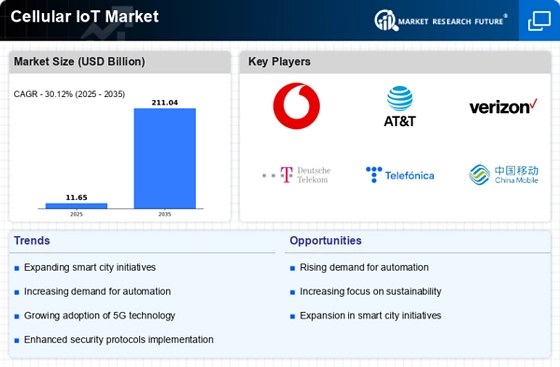
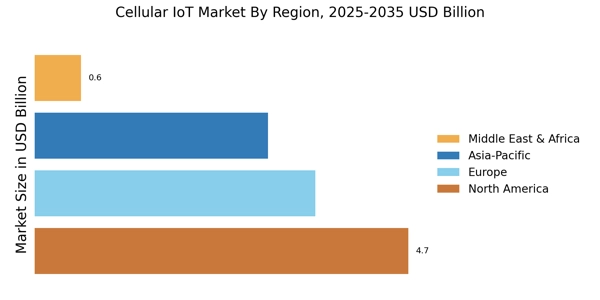
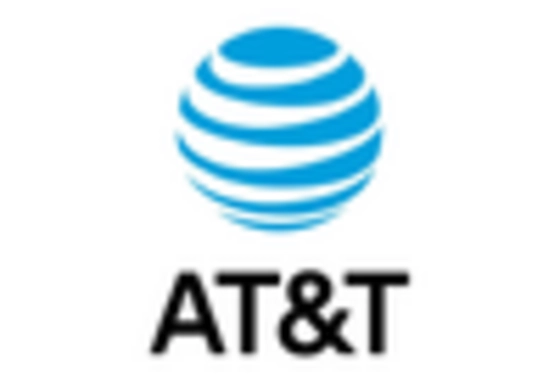

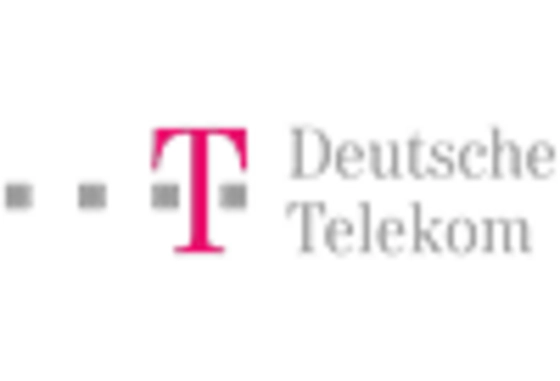
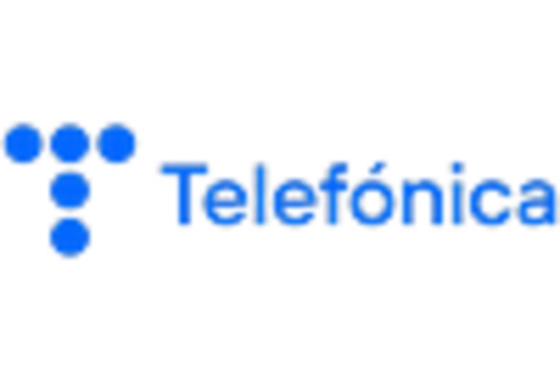
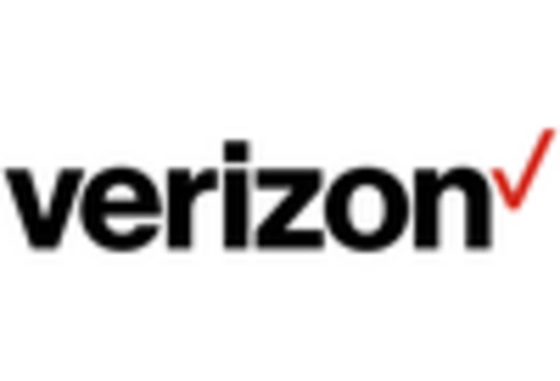









Leave a Comment